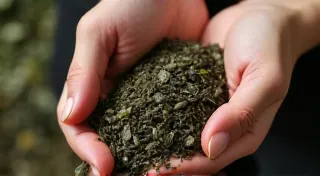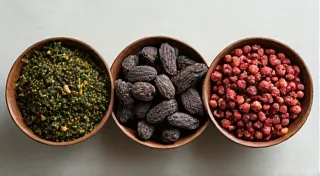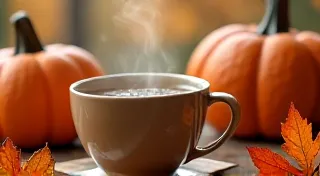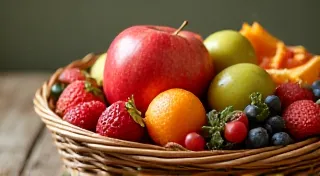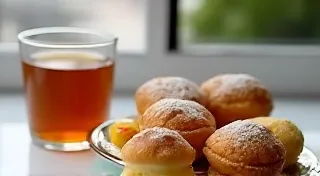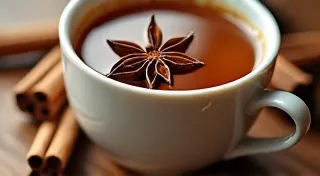The Importance of Tea Base Selection in Blending
Blending your own tea is an incredibly rewarding experience. It allows you to craft flavors that perfectly suit your tastes and create unique blends to share. While herbs, spices, and flowers are exciting components, the foundation of any great tea blend lies in the tea base itself. Selecting the right base – be it black, green, white, or oolong – significantly impacts the overall flavor profile and is arguably the most crucial step in the blending process. Let’s delve into the nuances of each tea base and how they influence your creations.
Understanding Your Tea Bases
Think of your tea base as the canvas upon which you paint your blend. Each offers a different inherent flavor, aroma, and body that will interact with your added ingredients. Here’s a breakdown:
Black Tea: Bold & Robust
Black tea, fully oxidized, delivers a robust, often malty or astringent flavor. It's the most forgiving base for blending, as its stronger character can easily stand up to bolder herbs and spices. Popular choices include Assam (malty, strong), Darjeeling (floral, muscatel), and Ceylon (bright, citrusy).
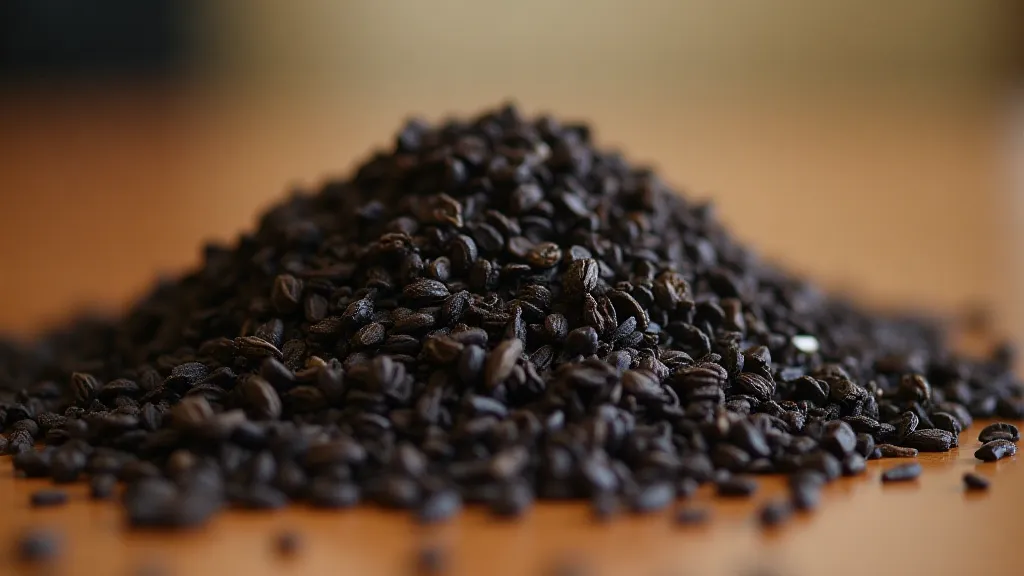
Best For: Spicy blends (chai), fruity combinations (berry blends), and blends with stronger herbs like rosemary or sage. It also pairs well with chocolate and vanilla notes.
Green Tea: Grassy & Fresh
Green tea, minimally oxidized, offers a grassy, vegetal, and often slightly bitter flavor. Its delicate nature means you need to be more careful with your additions. Different varieties like Sencha, Gyokuro, and Hojicha offer unique nuances within the green tea family.
Best For: Delicate floral blends (jasmine, chamomile), subtle fruity additions (lemon verbena, apple), and to soften the intensity of stronger herbs. Consider the grade – higher grades have more refined flavor and are better suited for blending.
White Tea: Sweet & Subtle
White tea, the least processed tea, is known for its delicate sweetness, subtle floral notes, and very light body. Its subtle flavor demands very careful blending; overwhelming it is easy to do. Silver Needle and White Peony are common white tea varieties.
Best For: Extremely delicate floral blends (honeysuckle, elderflower), gentle fruit additions (pear, peach), and when aiming for a very light and refreshing blend. It’s ideal when a clean, pure tea flavor is desired.
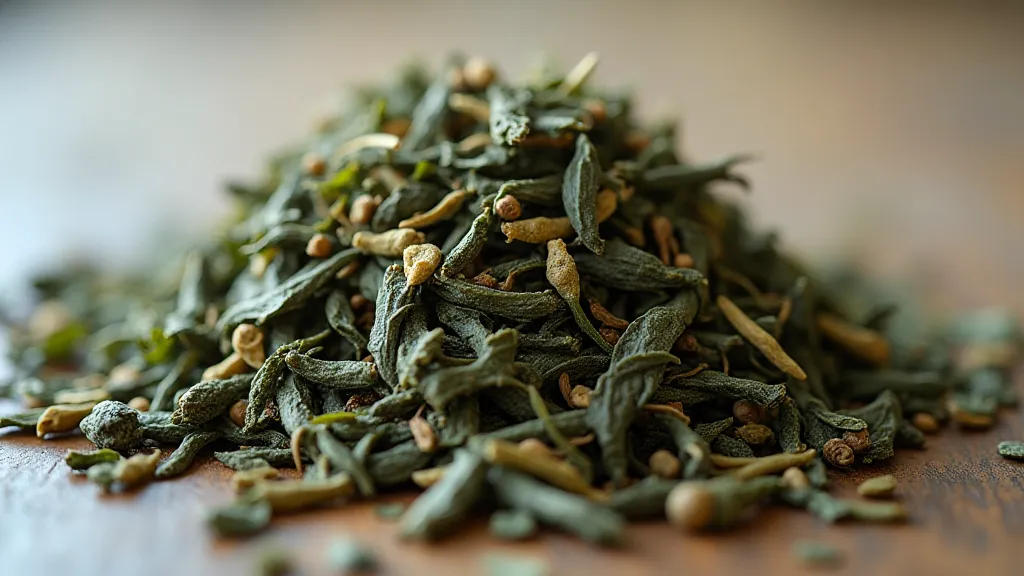
Oolong Tea: Versatile & Complex
Oolong tea falls somewhere between green and black tea in terms of oxidation, offering a vast range of flavor profiles depending on the level of oxidation. Some oolongs are floral and fragrant, while others are roasted and nutty. This makes them a wonderfully versatile base.
Best For: Blends requiring a balance of floral and robust characteristics. Oolongs pair well with many ingredients, from light fruits and florals to rich spices and nuts. The specific oolong choice will heavily influence the final taste.
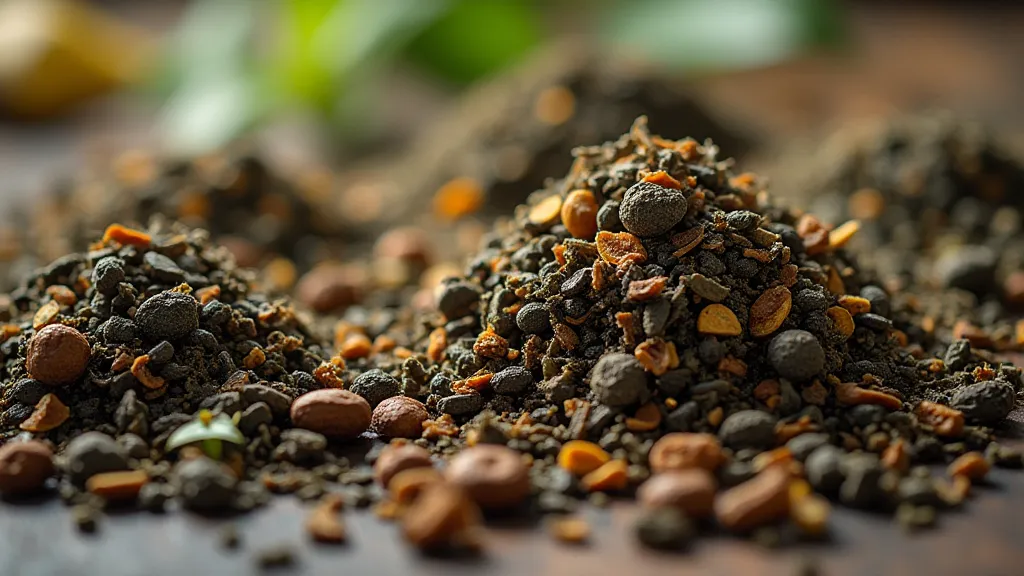
Tips for Base Selection
- Consider the Desired Flavor Profile: What kind of tea are you trying to create? Bold, delicate, fruity, floral?
- Think About Body: How full or light do you want the tea to feel in your mouth?
- Experiment! Don't be afraid to try different bases with the same herbs and spices to see how they interact.
- Quality Matters: A higher quality tea base will always yield a better-tasting blend.
Mastering the art of tea base selection is the key to unlocking your potential as a tea blender. By understanding the characteristics of each type of tea, you can create truly unique and delicious blends that reflect your personal taste.
